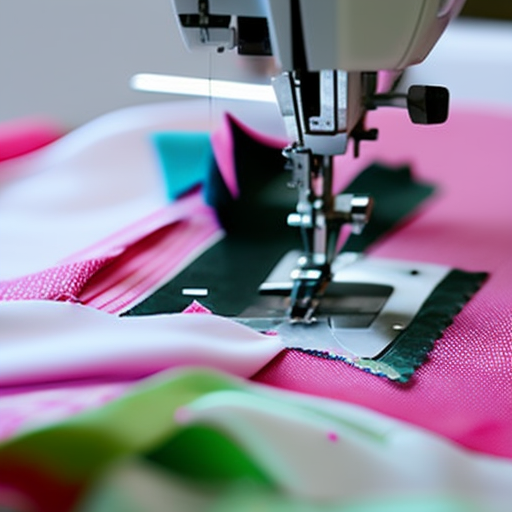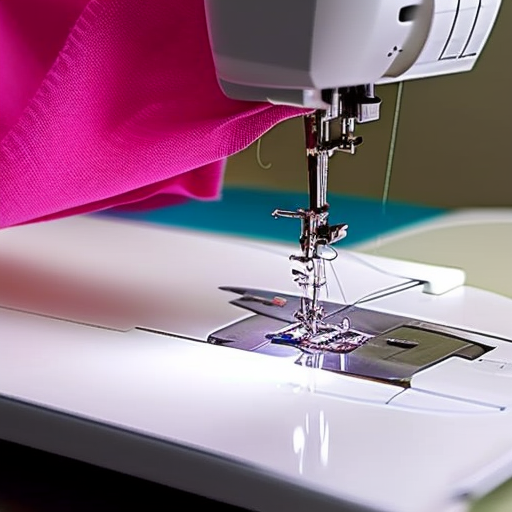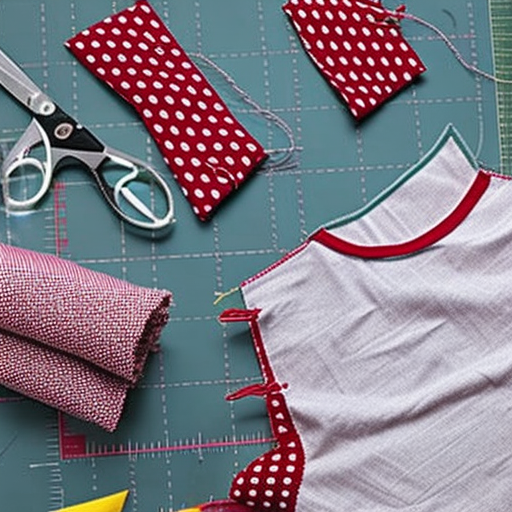
Sewing your own clothes can be a rewarding and fulfilling hobby. Not only does it allow you to express your creativity, but it also gives you the opportunity to customize your wardrobe with unique and perfectly fitting pieces. If you’re interested in getting started with sewing clothes, we’ve got you covered. Here are some steps to guide you on your sewing journey.
1. Learn the Basics
Before diving into making clothes, it’s essential to familiarize yourself with the basic techniques of sewing. Start by learning how to thread a sewing machine, wind a bobbin, and sew straight lines. Practice these fundamental skills on scrap fabric until you feel comfortable with the process.
2. Select Simple Patterns
To begin sewing clothes, choose simple and beginner-friendly patterns. Look for designs labeled as “easy” or ”beginner” with minimal pieces and straightforward instructions. This will help you build your confidence as you gradually advance to more complex projects.
3. Gather Essential Supplies
To start sewing clothes, you’ll need some essential supplies. Invest in a good sewing machine suitable for garment construction, fabric scissors, pins, measuring tape, and a variety of sewing needles. Additionally, stock up on quality fabrics, threads, and other notions specific to your chosen project.
4. Take Accurate Measurements
Proper measurements are crucial for sewing clothes that fit well. Learn how to take accurate body measurements and record them on a measurement chart. Make sure to measure bust, waist, hips, and other relevant areas to ensure the best fit for your garments. Remember to consider ease and seam allowance when working with patterns.
5. Start with Basic Garments
Begin your clothing sewing journey with basic garments such as skirts, tops, or simple dresses. These projects often involve fewer intricacies and complexities, allowing you to focus on improving your skills. You can gradually progress to more challenging items like pants, jackets, or intricate dresses as you become more comfortable with sewing techniques.
6. Join Sewing Communities
Becoming part of sewing communities can provide valuable support and guidance throughout your sewing journey. Join local sewing groups or online communities where you can meet fellow sewists, exchange tips and tricks, and gain inspiration from their projects. These communities often offer workshops, classes, and resources that can help you develop your skills further.
7. Practice Patience and Persistence
Sewing clothes requires patience and persistence. Don’t be discouraged if your first few projects don’t turn out exactly as expected. Take it as an opportunity to learn from mistakes and keep practicing. With time and practice, your skills will improve, and you’ll be able to create beautiful, well-fitting garments that you can proudly wear.
Conclusion
Sewing clothes can be an exciting and fulfilling pursuit. Remember to start with the basics, choose simple patterns, gather essential supplies, take accurate measurements, and begin with basic garments. Joining sewing communities and practicing patience and persistence are also crucial elements of your sewing journey. Enjoy the process, embrace the learning curve, and soon you’ll be creating your own stylish and personalized wardrobe!





Start with simplicity. Begin with a pattern and material that you are comfortable with, and slowly work your way up.
Julian Scheiber: Fabric choice is also important. Consider materials that are easy to work with and sew well.
Great advice! I would add that it is also a good idea to start by creating an item you feel confident you can make, such as a pillow or a simple skirt, and gradually build your skills so that you can sew more intricate items. Starting out with something you can easily complete will give you motivation to keep going with larger, more complex projects.
As Emalee and Julian have already mentioned, start with something that is simple and comfortable for you. Knowing the basics of sewing can help you work up to more complicated projects with ease.
Absolutely! Starting with a simple project not only allows you to gain confidence in your abilities, but it can also give you a sense of accomplishment.